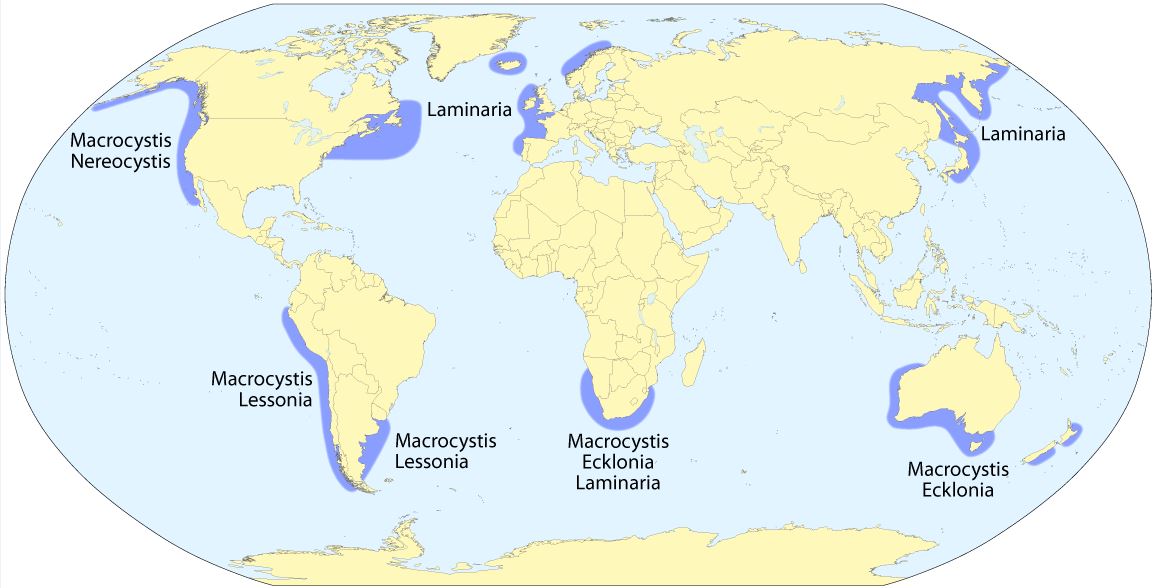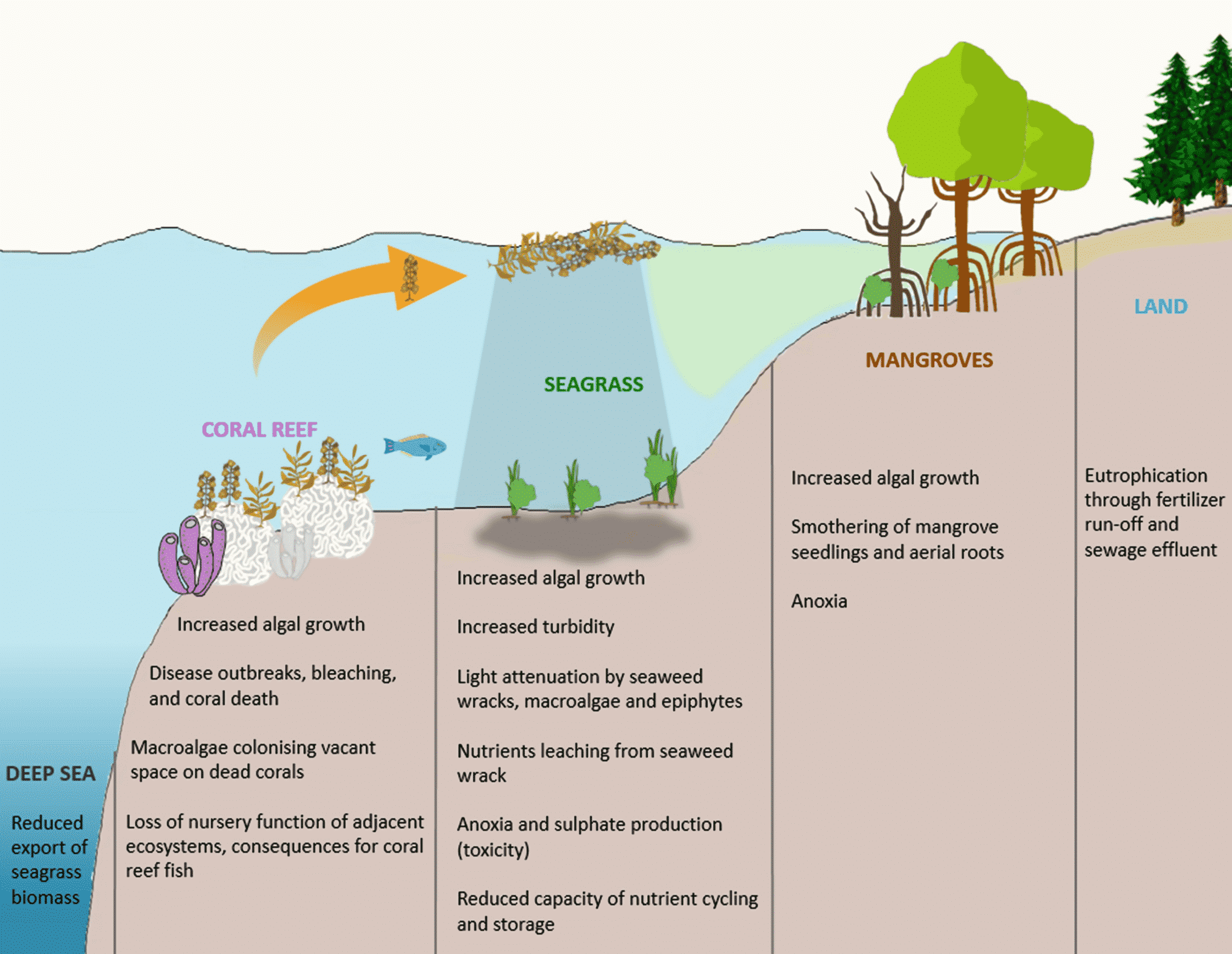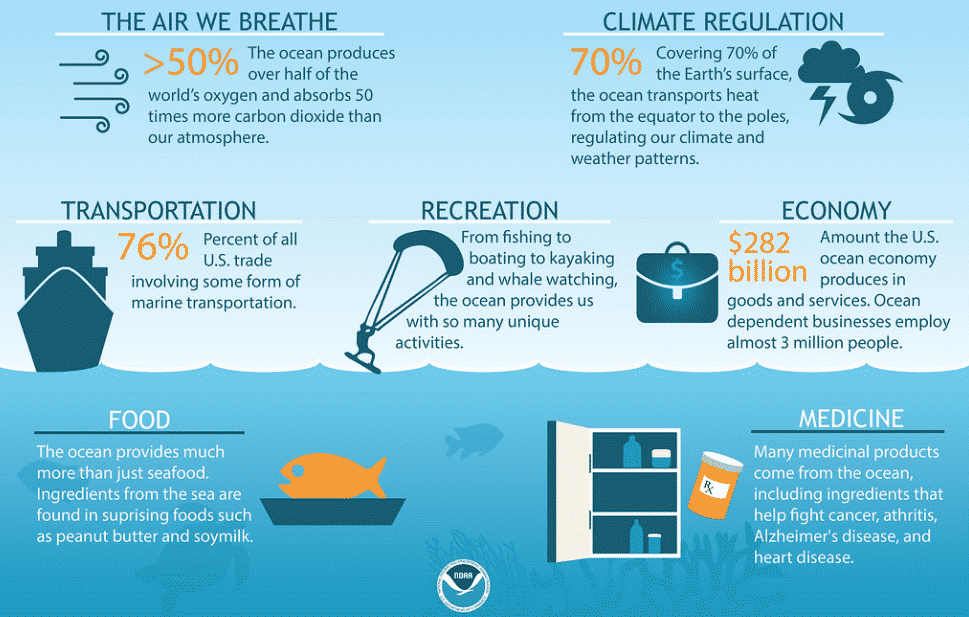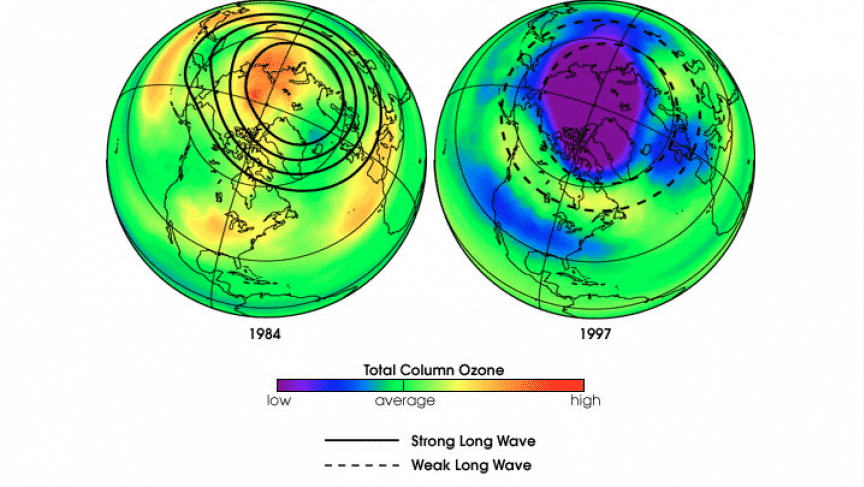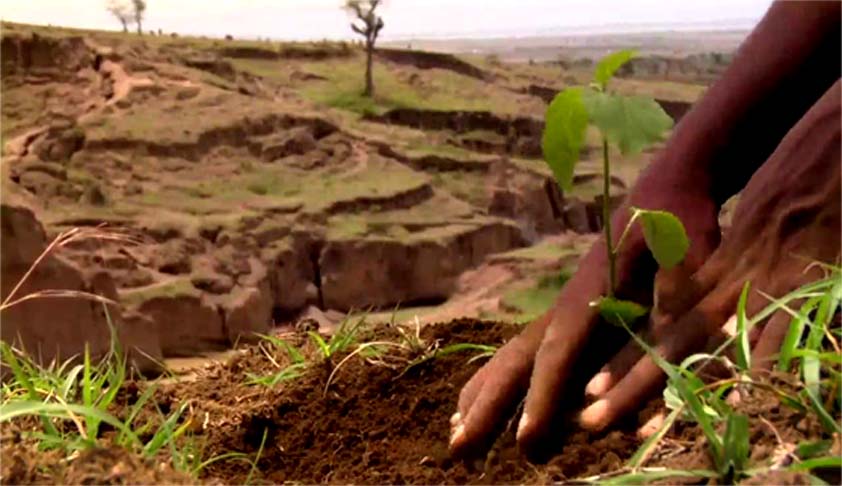Table of Contents
The Importance and Types of Biodiversity
Biodiversity is a term that refers to the diversity or variety of plants, animals, and other living things in a specific region or area. It is vital to maintain a wide range of species in each ecosystem to preserve the web of life that sustains all living things, including humans. Biodiversity is also essential for humans, as it provides ecosystem services and goods.
The Origin of the Term
Wildlife scientist and conservationist Raymond F. Dasmann first used the term “biological diversity” in the 1968 lay book “A Different Kind of Country.” It was not until the 1980s that the term became widely adopted in science and environmental policy. Edward O Wilson is widely known as the “Father of Biodiversity,” and the term’s contracted form “biodiversity” may have been coined by W.G. Rosen in 1985.
Evolution of Global Biodiversity
Biodiversity is the result of 3.5 billion years of evolution. Until approximately 600 million years ago, all life consisted of archaea, bacteria, protozoans, and similar single-celled organisms. The history of biodiversity during the Phanerozoic (the last 540 million years) starts with rapid growth during the Cambrian explosion. The fossil record suggests that the last few million years featured the greatest biodiversity in history. Estimates of the present global macroscopic species diversity vary from 2 million to 100 million, with a best estimate of somewhere near 9 million, the vast majority arthropods.
Types of Biodiversity
Biodiversity is classified into three fundamental and hierarchically-related levels in terms of genes, species, and ecosystems.
- Genetic diversity: This represents the heritable variation within and between populations of organisms. Ultimately, this resides in variations in the sequence of the four base-pairs which, as components of nucleic acids, constitute the genetic code.
- Species diversity: Biodiversity is very commonly used as a synonym of species diversity, in particular of “species richness.” Discussion of global biodiversity is typically presented in terms of global numbers of species in different taxonomic groups. Around 2 million species have been described to date, and estimates for the total number of species existing on earth at present vary from 5 million to nearly 100 million.
- Ecosystem diversity: Hierarchically, this is the highest level of biodiversity. The quantitative assessment of diversity at the ecosystem, habitat, or community level remains problematic. Instead of considering the diversity within and between species, the entire ecosystem is considered for analyzing biodiversity.
Distribution of Global Biodiversity
Biodiversity is not evenly distributed across the globe, and it varies greatly within regions. The diversity of all living things depends on temperature, precipitation, altitude, soils, geography, and the presence of other species. The science of biogeography studies the spatial distribution of organisms, species, and ecosystems.
Conclusion
Biodiversity is a vital aspect of life on Earth. The diversity of plants, animals, and other living things in an ecosystem is essential to sustain all living things, including humans. Understanding the types and distribution of biodiversity is essential to preserve and protect the web of life that sustains us all.


